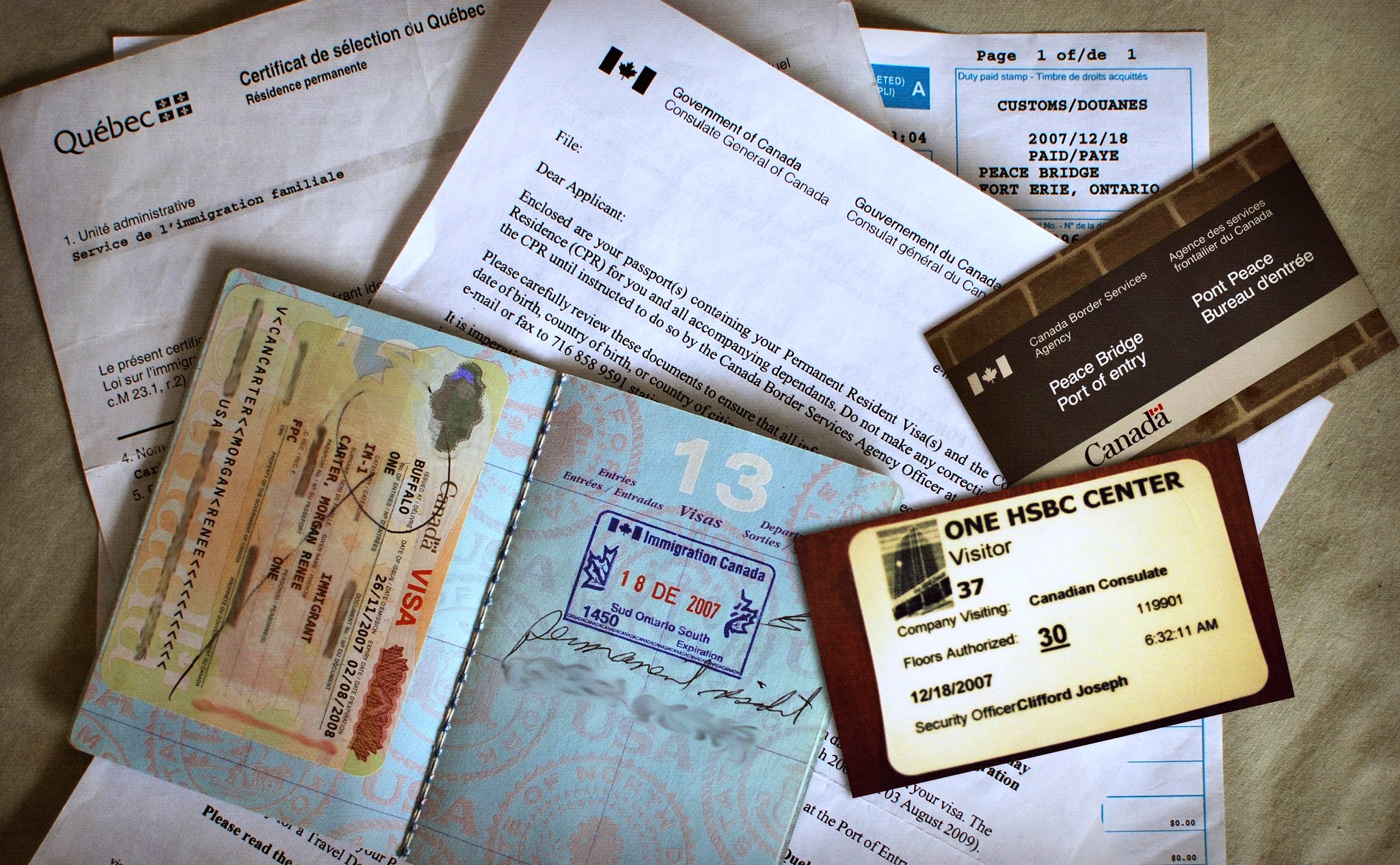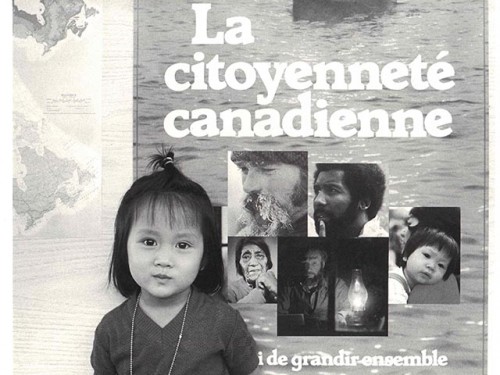Article
Icelandic Canadians
Icelanders, coming by way of Greenland, were the first European visitors to what is now Canada. The 2016 Canadian census reported 101,795 people with Icelandic ethnic origins, and 1440 people whose mother tongue was Icelandic.













